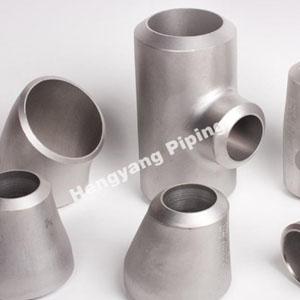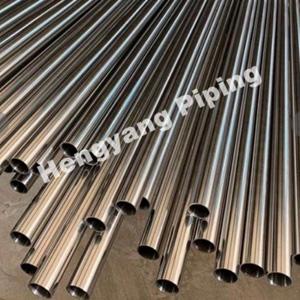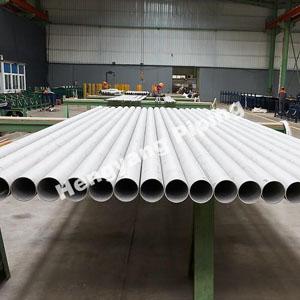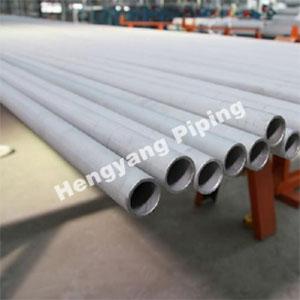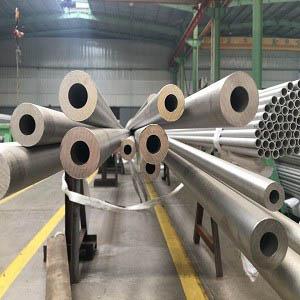Duplex Stainless Steel vs SS 304-The Ultimate Difference Explained
What is 304 Stainless Steel ?
304 Stainless steel type is the most commonly used variant of stainless steel. It is comprised of austenitic stainless steel, featuring chromium (between 18% and 20%) and nickel (between 8% and 10.5%) as the primary non-iron metals in the alloy. This type of steel exhibits reduced susceptibility to rust compared to conventional steel and is favored for its malleability, allowing it to be easily shaped into various forms.
The International Organization for Standardization recognizes this steel type as one of the grades suitable for use in steel products (ISO). Outside the United States, it is often referred to as A2 stainless steel, which aligns with the nomenclature used in ISO 3506 when discussing fasteners. In the cookware industry, it is commonly known as 18/8 stainless steel. The Unified Numbering System designates it as UNS S30400, while the term SUS304 denotes its material grade in Japan. Additionally, the European standard 1.4301 provides a set of criteria for this steel type.
What is Duplex Stainless Steels?
Duplex stainless steel is a very useful metal that is used the world over. It gets its name from the fact that it consists of two different grades of metal. Essentially, Duplex is a Fe-Ni-Cr alloy that has a two-phase ferritic-austenitic stainless-steel microstructure when it is at room temperature.
Duplex stainless steels are a kind of stainless steel whose metallurgical structure consists of two phases in about equal proportions: austenite (face-centered cubic lattice) and ferrite (body-centered cubic lattice). Since these grades include both austenitic and ferritic phases, they are referred to as "duplex" or "austenitic-ferritic." They're tougher and more corrosion-resistant than typical austenitic stainless steels like Type 304 and Type 316, and they're optimized to withstand the effects of chloride stress corrosion and chloride pitting corrosion.
Duplex stainless steel is engineered to endure higher levels of chloride stress and pitting corrosion compared to conventional materials. The key distinction in composition between austenitic stainless steel and duplex stainless steel lies in the fact that the former contains 20–28% more chromium, while the latter incorporates up to 5% more molybdenum and up to 9% less nickel, along with 0.05–0.50% nitrogen. This material's outstanding strength and lower nickel content, enabling the use of thinner sections, can result in significant cost savings.
In the offshore oil and gas business, duplex stainless steels are widely used for pipework systems, manifolds, risers, and other applications relevant to the industry due to their resistance to corrosion and strength. In the petrochemical sector, they are also often used to construct pipelines and pressure vessels. In addition, the corrosion resistance of duplex steels is far higher than that of stainless steels in the 300 series, and these steels are also considerably more robust. For instance, the 0.2% proof strength of stainless steel type 304 is around 280 MPa (41 ksi), but the proof strength of stainless steel type 22%Cr duplex grade is approximately 450 MPa (65 ksi), and the proof strength of super duplex grade is at least 550 MPa (80 ksi).
Duplex Stainless Steel Vs 304 Price Difference
When selecting the appropriate steel for your project, price becomes a crucial consideration. In this aspect, both Duplex Steel and Super Duplex Steel are relatively more expensive compared to 304 Stainless Steel. Ultimately, the decision on which type of steel to employ in your project hinges on your specific requirements and budget constraints. If a high level of strength and corrosion resistance is paramount, Duplex Steel and Super Duplex Steel may prove more fitting choices than 304 Stainless Steel.


